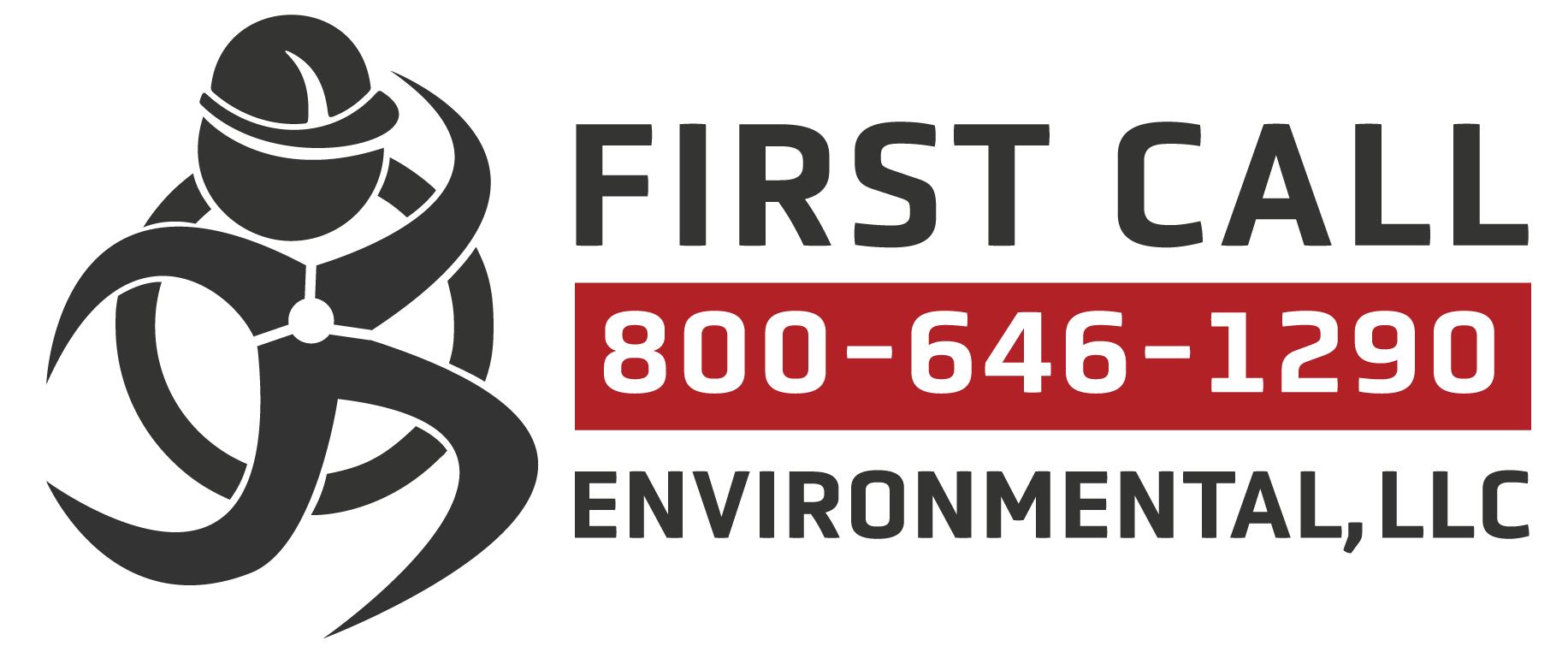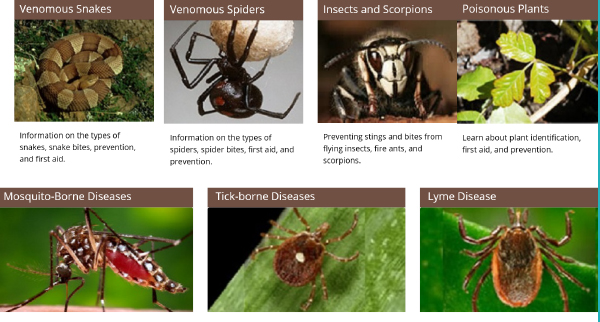HAZARDS TO OUTDOOR WORKERS
With everyone’s attention on COVID-19, and employees either working from home or how to keep them safe as they return to the workplace, we can’t forget about our workers that spend most of their workday outdoors.
Many of these essential employees have been steady working throughout this time of national crisis, and have continued to carry our nation’s economy on their backs.
Outdoor workers are exposed to many types of hazards that depend on their type of work, geographic region, season, and duration of time they are outside. It is imperative that we train our outdoor workers about their specific workplace hazards, including how to identify each hazard and recommendations for preventing and controlling their exposures.
Physical Hazards
Physical hazards to outdoor workers can include extreme temperatures, noise, and sun exposure. Extreme heat can cause heat rash, heat cramps, heat exhaustion, heat stroke, and can even be fatal; while extreme cold can cause hypothermia, frostbite, and other very serious injuries. Although working out in the sunlight is refreshing for many, too much unprotected sun exposure can cause sunburn, and can lead to skin cancers in the future. Repeated exposures to loud noise can lead to permanent, incurable hearing loss or tinnitus.

Facts:
Extreme Heat >
Extreme cold >
Sun exposure >
Noise >
Biological Hazards
Outdoor workers also face biological hazards that include vector-borne diseases, venomous wildlife and insects, and poisonous plants. Venomous snakes, spiders, scorpions, and stinging insects can be found throughout various geographic regions, and are especially dangerous to workers who have allergies to the animal. Poisonous plants can cause allergic reactions if their oils come in contact with skin. These plants can also be dangerous if burned and their toxins are inhaled.
Venemous snakes >
Venemous spiders >
Insects and scorpions >
Poisonous plants >
Mosquito-borne diseases >
Tick-borne diseases >
Lyme disease >
Outdoor workers may encounter other hazards in addition to the physical and biological hazards described here. They may be exposed to pesticides or other chemical hazards, traumatic injury hazards, or other safety and health hazards depending on their specific job and tasks.
The one thing that each and every outdoor worker has to deal with, regardless of where they are and what season it is, is the weather. Most workers are willing to get out of the rain, but too often when they know rain is coming, they are willing to get that last little bit done prior to. Unfortunately, that’s when it can happen. Lightning strikes the United States about 25 million times a year. Although most lightning occurs in the summer, people can be struck at any time of year. Lightning kills 20 or more people in the United States each year, and hundreds more are severely injured.
Lightning: What You Need to Know
- NO PLACE outside is safe when thunderstorms are in the area!!
- If you hear thunder, lightning is close enough to strike you.
- When you hear thunder, immediately move to safe shelter: a substantial building with electricity or plumbing or an enclosed, metal-topped vehicle with windows up.
- Stay in safe shelter at least 30 minutes after you hear the last sound of thunder.
Last Resort Outdoor Risk Reduction Tips… If you are caught outside with no safe shelter anywhere nearby the following actions may reduce your risk:
- Immediately get off elevated areas such as hills, mountain ridges or peaks
- Never lie flat on the ground
- Never shelter under an isolated tree
- Never use a cliff or rocky overhang for shelter
- Immediately get out and away from ponds, lakes and other bodies of water
- Stay away from objects that conduct electricity (barbed wire fences, power lines, windmills, etc.)
So, with the summer months approaching, our outdoor workers will be expected to spend more time out in the elements dealing with all of these hazards. Please remember to remind them to stay hydrated, get good sleep, and to watch out for all these other hazards that could cause them to have a bad day.
Be Smart out there, make Safety a priority, and keep your workers Healthy!


